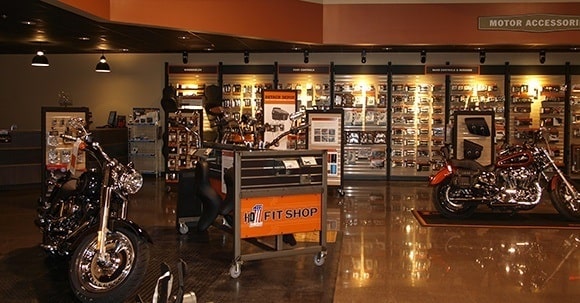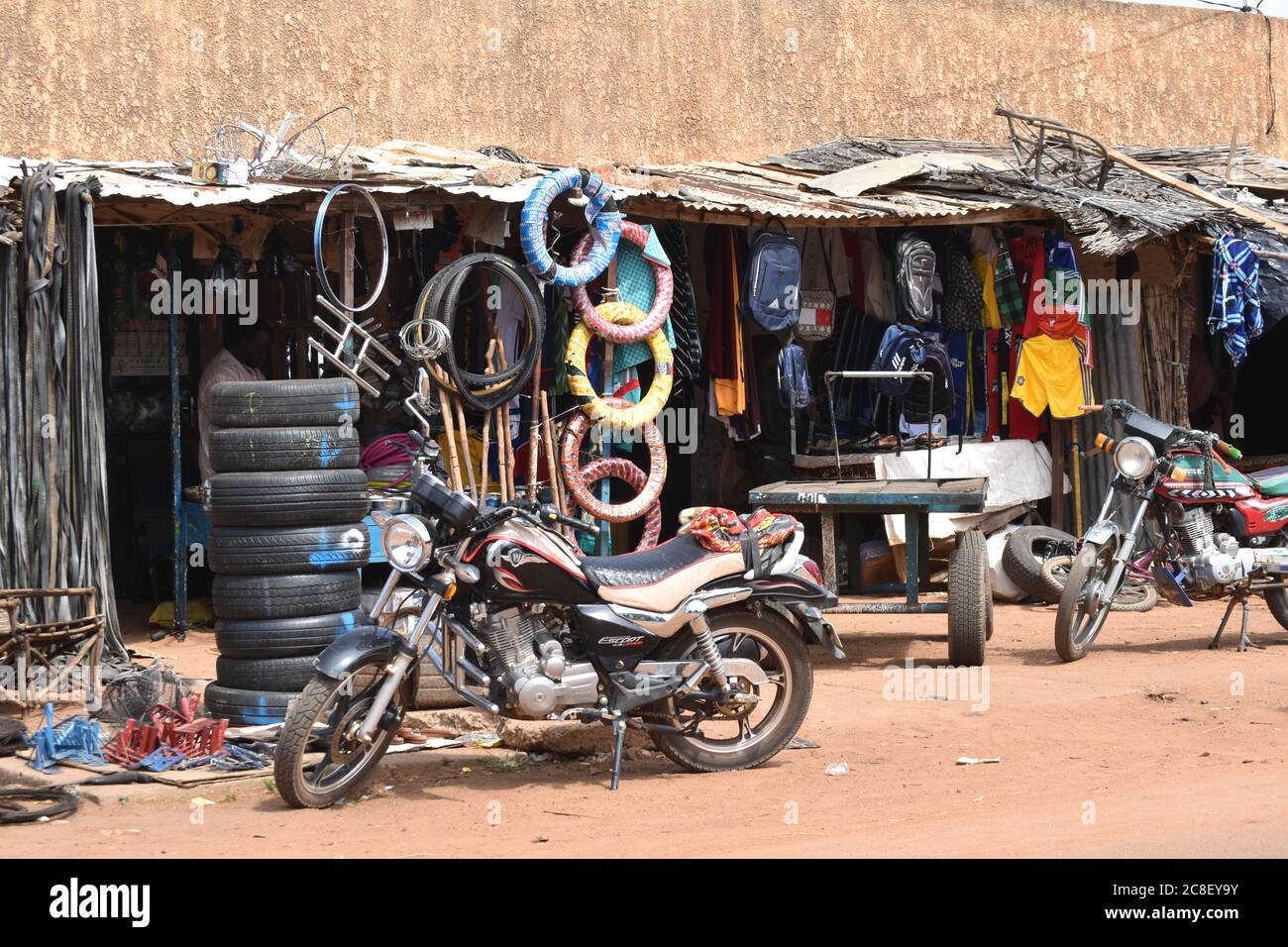Locate Affordable Rates on Motocross Parts NZ for each Bike
Locate Affordable Rates on Motocross Parts NZ for each Bike
Blog Article
A Comprehensive Consider Motorcycle Components: What Every Cyclist Must Know
A comprehensive understanding of motorcycle parts is not simply advantageous yet important for any rider intending to make the most of efficiency and safety. Each element, from the engine's intricate operations to the reliability of brake systems, plays a critical duty in the overall experience and functionality of the bike.
Understanding the Engine
The engine, usually considered as the heart of a motorbike, is an intricate assembly of components that function in consistency to transform fuel right into motion. At its core, the engine's main feature entails the burning procedure, where air and fuel mix and spark within the cyndrical tubes, causing controlled explosions that drive the pistons. These pistons go up and down, converting chemical energy right into mechanical power, which ultimately transforms the crankshaft, eventually powering the bike.

Comprehending the ins and outs of a bike engine is critical for riders and lovers alike. It not only supplies understanding into how bikes accomplish their outstanding power and speed but also help in efficient maintenance and troubleshooting, making certain durability and integrity on the road.
Suspension Equipments
While the engine powers the motorbike, the shock absorber plays a crucial role in guaranteeing a regulated and smooth trip. The suspension system is accountable for taking in shocks from the road surface, keeping tire contact, and giving stability during cornering and stopping. It makes up 2 primary parts: the front forks and the rear shock absorbers.
Front forks are generally telescopic, having a spring and wetting system. The springtime prolongs and compresses to soak up bumps, while the wetting mechanism manages the activity to stop too much jumping. This combination makes sure the front wheel remains in contact with the roadway, offering exceptional handling and convenience.
The rear suspension, commonly a monoshock or twin-shock setup, works in a similar way to the front suspension yet is tailored to sustain the bike's weight and rider - motocross gear. It takes care of rear wheel motion, adding to the bike's total balance and responsiveness
Suspension systems can be adjustable, enabling cyclists to fine-tune preload, compression, and rebound setups according to personal preferences and riding conditions. This adjustability enhances efficiency by maximizing the motorcycle's interaction with diverse surfaces. In recap, a reliable shock absorber is vital for cyclist convenience, safety and security, and the bike's handling expertise.
Brake Elements
Quiting power is a fundamental aspect of bike safety and security, and it rests on the performance of the brake parts. The main components of a bike's stopping system consist of the brake pads, calipers, rotors, and master cylinder. motocross gear nz. Each of these elements plays a vital function in guaranteeing effective stopping efficiency
Brake pads are necessary as they produce the required friction versus the rotors to reduce or stop the bike. Built from materials such as sintered steel or organic composites, the option of brake pad material substantially affects efficiency and longevity. Calipers, housing the brake pads, use stress to the pads when the brake lever is involved, helping with contact with the blades.
The rotors, usually made from stainless steel or actors iron, are mounted to the wheels and offer as the surface area against which the brake pads press. Their layout, including size and density, impacts heat dissipation and quiting power. The master cylinder, attached to the brake lever, produces hydraulic pressure transferred through brake lines to the calipers, making certain constant stopping pressure.
Normal upkeep and assessment of these components are essential for ideal performance, protecting against wear and making sure rider safety and security on the road.
Tire Basics
Beyond maintaining robust stopping systems, ensuring optimal tire performance is equally significant for motorcycle safety and security and efficiency. Tires are the sole contact factor in between the roadway and the bike, making their problem essential in managing, security, and general adventure quality.

Examine the sidewall for the DOT (Division of Transportation) code to determine the tire's age. Spending interest in these tire essentials not only enhances efficiency yet also considerably improves riding safety.
Electrical Solutions
In the world of bike upkeep, the electric system plays a vital role in guaranteeing trustworthy efficiency and cyclist safety. This intricate network includes crucial components such as the battery, alternator, starter motor, and wiring harness. Each element is vital for the seamless operation of the motorbike, from ignition to illumination and communication with various sensors.
The battery serves as the heart of the electric system, providing the necessary power to begin the engine and run devices. Regularly checking the battery's voltage and terminals for corrosion is important to avoid unforeseen failures. The alternator, on the other hand, reenergizes the battery while the engine is running, ensuring a continuous power supply.
To mx gear nz maintain it, motorcyclists must pay attention to any kind of unusual sounds or difficulties throughout startup. Making certain that the cables are undamaged and totally free from damages is vital for preventing brief circuits and ensuring capability.
Conclusion

Stopping power is a basic facet of bike safety and security, and it pivots on the efficiency of the brake components. The key aspects of a motorbike's stopping system consist of the brake pads, calipers, rotors, and master cylinder.Brake pads are essential as they develop the needed friction against the rotors to reduce down or quit the motorbike.Beyond maintaining durable stopping systems, making certain ideal tire performance is equally substantial for motorbike safety and performance.In the realm of motorcycle upkeep, the electrical system plays a critical function in guaranteeing dependable efficiency and biker security.
Report this page